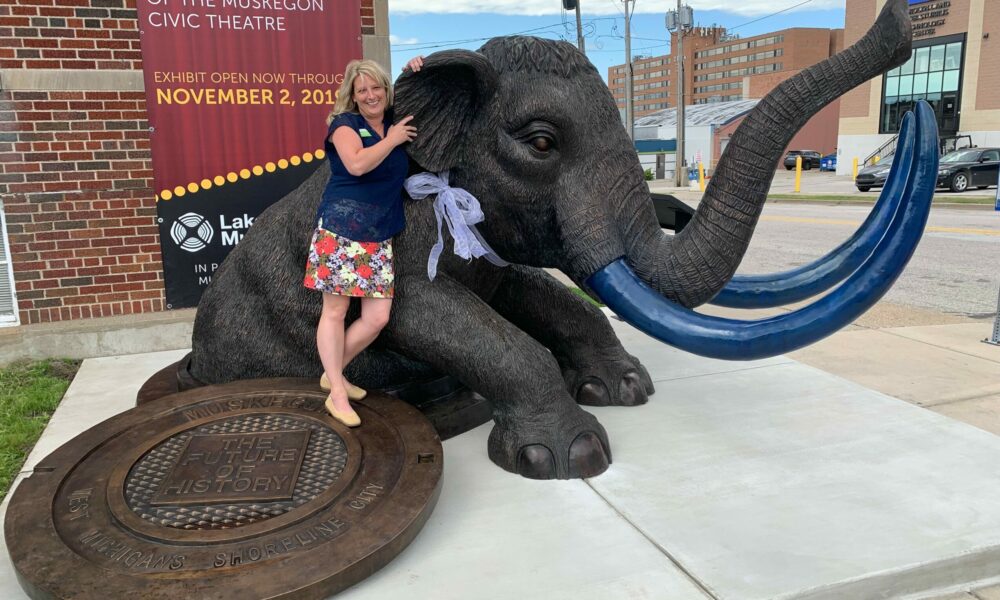

Today we’d like to introduce you to Melissa Horton.
Hi Melissa, please kick things off for us with an introduction to yourself and your story.
I have always had a fascination with old stuff. Be it a rock, fossil, arrowhead, or pottery fragment, I was always looking for things on and in the ground wherever I went. In high school, my favorite subjects were history and science, especially biology. I attended Grand Valley State University and furthered my education with a Bachelor of Science in Anthropology and minored in Biology. My senior project was to determine the minimum number of individuals from skeletal remains found in a tomb in Jordan. Part of my program was to participate in an internship and I choose the Lakeshore Museum Center (then known as the Muskegon County Museum). I was intent on working in the collections department but found out very quickly that I am very social, and it was way more fun to talk to visitors about the cool objects in the collection versus just taking care of them. This was a pivotal decision in my career. Towards the end of my internship a job opening occurred in the programming department at the museum, I applied and my museum career began. Over the past 24 years, I have held many different job titles within the organization and I am currently the Executive Director. I was able to start out on the bottom as a part-time museum educator, and I worked my way up from there. Museums careers are very difficult to find and maintain and I feel very fortunate to be where I am today.
I’m sure you wouldn’t say it’s been obstacle-free, but so far would you say the journey has been a fairly smooth road?
I imagine that most people have struggles along the way, and I am no different. The hardest part, in the beginning, was being so excited to get my foot in the door, but the job was part-time, had a low wage, and no benefits. In order to stay working for the museum, I had many part-time filler jobs. It took over 2 years to become full time and as in much of our profession, it was still a very low wage. Within the museum community, there is a lot of ongoing discussion about the education levels required for entry-level positions and the disparity in our field with pay equity. Since becoming the Executive Director, I have worked with my Board of Trustees to do salary studies and make equity adjustments for staff. With high inflation and costs of goods and services, I worry about the people working in the museum sector.
Appreciate you sharing that. What else should we know about what you do?
I am the Executive Director of the Lakeshore Museum Center. The Lakeshore Museum Center is a family of museums located in downtown Muskegon. I oversee the Muskegon History & Science Museum, the Muskegon Heritage Museum of Business and Industry, the Historic Sites which is made up of the Hackley House, Hume House, The Fire Barn Museum, and the Scolnik House of the Depression Era. The museum also has a Collections Center and an Archive. All together it is 9 rooftops. I absolutely love working in a museum. From the smell that hits me when I enter the building, to all the different things I get to do every day.
Working in the museum field you find that each staff member has different interests and specialties and mine is archaeology and osteology. When visitors bring in that “dinosaur egg” or old bone and want it identified, I am that person that gets called in to assist. I also have a good understanding of the Native community in West Michigan.
I am most proud of all the people over the years that I have helped grow within their careers. I get a lot of satisfaction from others finding joy in museum work. I feel so privileged that I get to come to work every day and further the community’s curiosity about history and science and help them understand the community that they live in today.
I think the thing that sets me apart from others is my understanding that every job is important in my organization. I am very hands-on and will help develop programs, build exhibits, and work on maintenance if needed. I am not a top-down leader and instead like to lead from the sidelines.
What sort of changes are you expecting over the next 5-10 years?
The latest TrendsWatch that came out of the Center for the Future of Museums poses that the biggest change for museums in the future is that we need to think about how museums can be part of the community infrastructure. I agree with the report and want the Lakeshore Museum Center to become a place of education for our children, a community resource for our elders, a place for mental wellbeing, and a place for the community to interact and have conversations about difficult topics.
Throughout the nation, there is a move for museums to be community spaces and to that end, we are trying a number of new programs that are community orientated like our Sensory Saturdays for families with children that have ASD. We are also piloting a program called Time Well Served, which brings incarcerated mothers to visit with their children at the museum. We are also doing a haunted museum for those who may not enjoy history, but love a good historically based scare. Everything that we are trying involves community partnerships.
Contact Info:
- Website: www.lakeshoremuseum.org
- Facebook: https://www.facebook.com/MuskegonMuseum
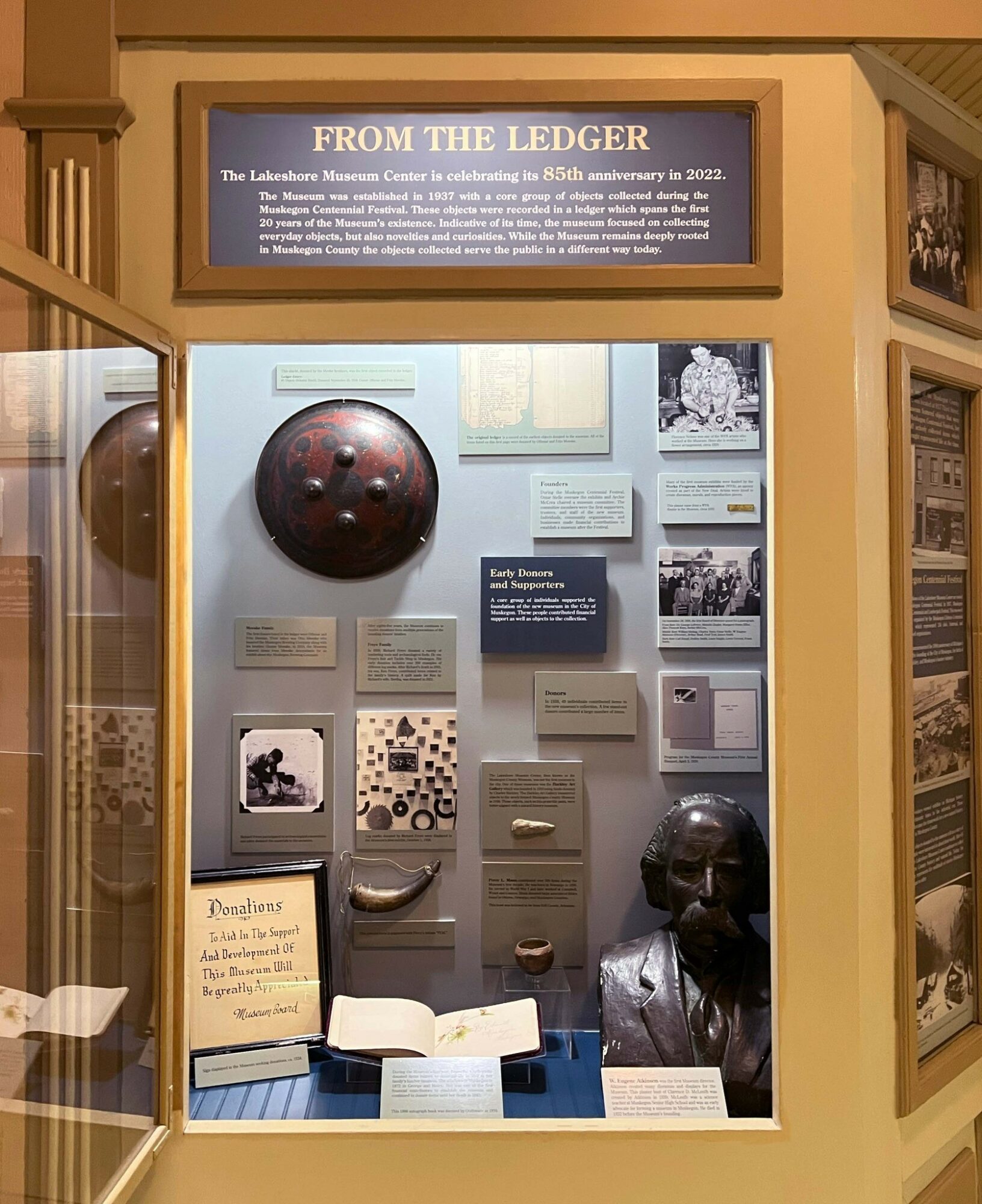
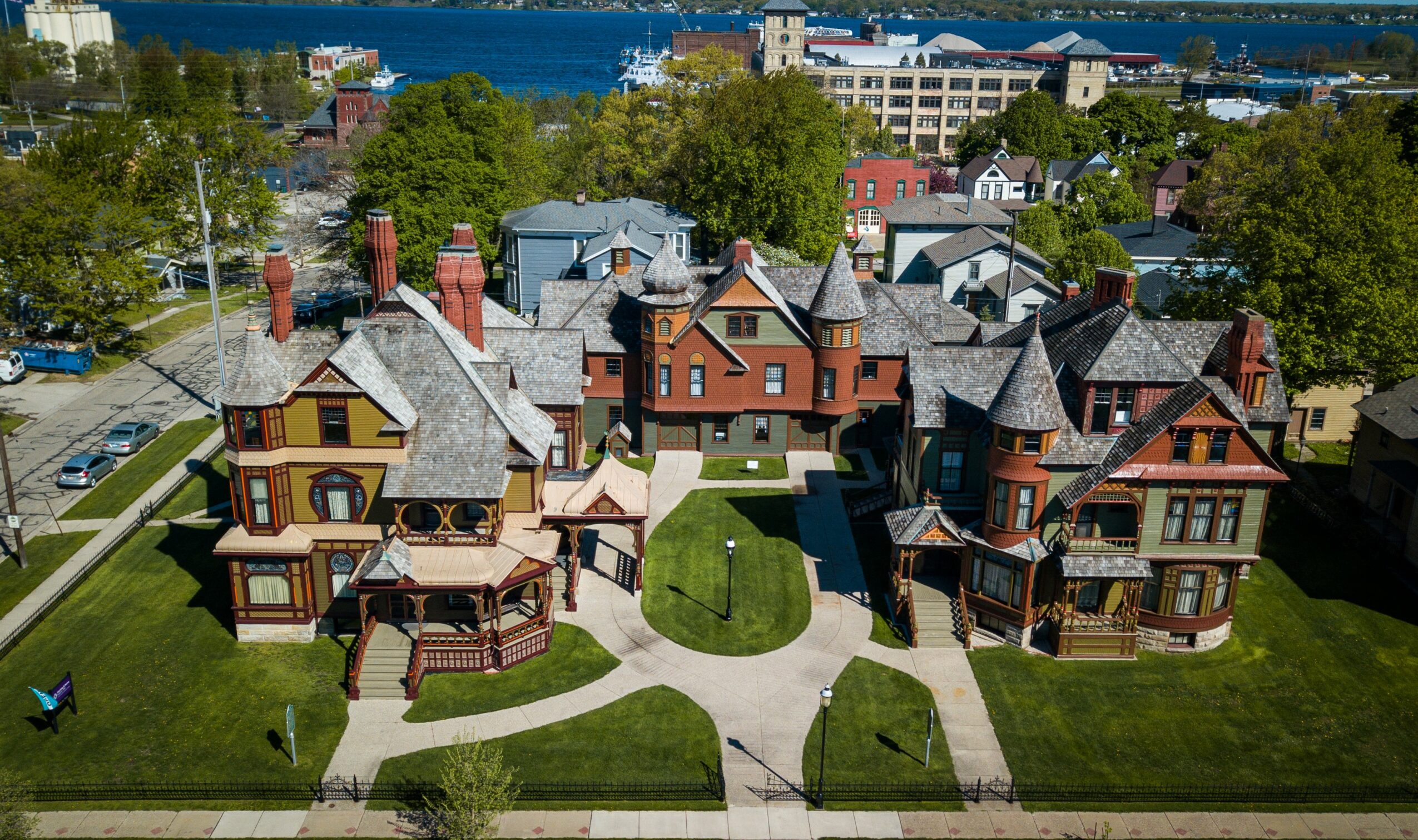
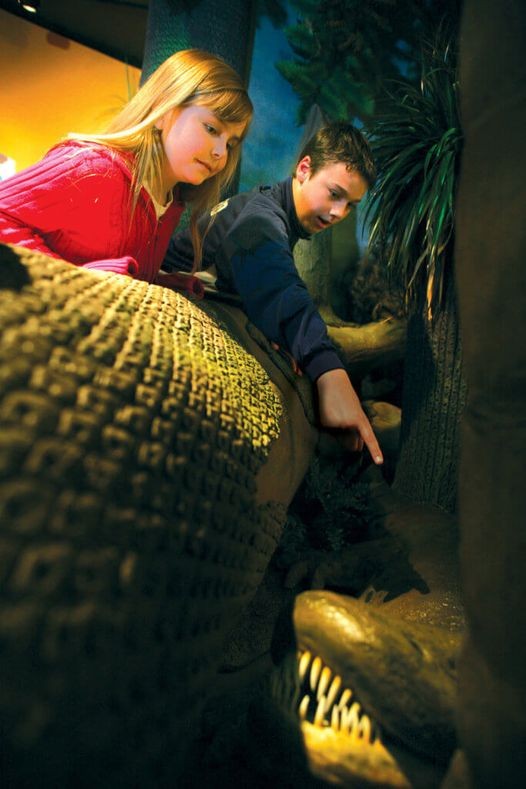
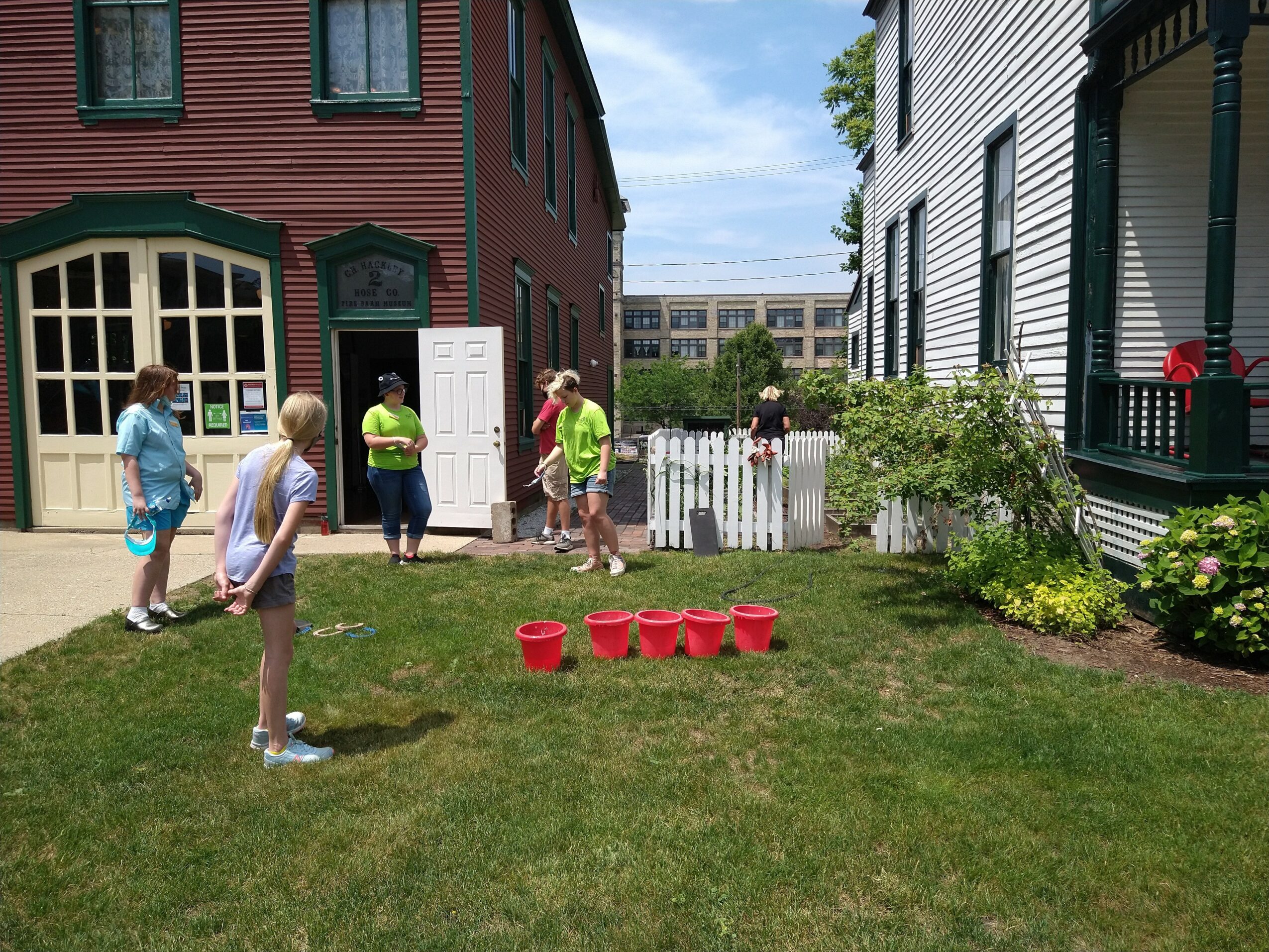
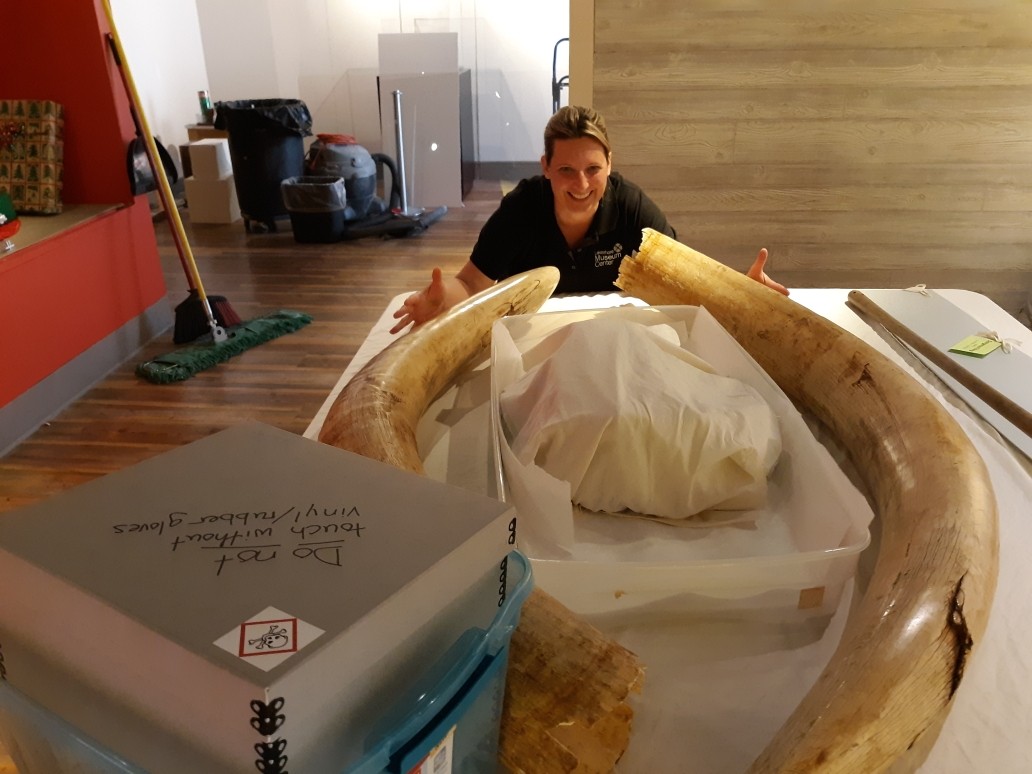
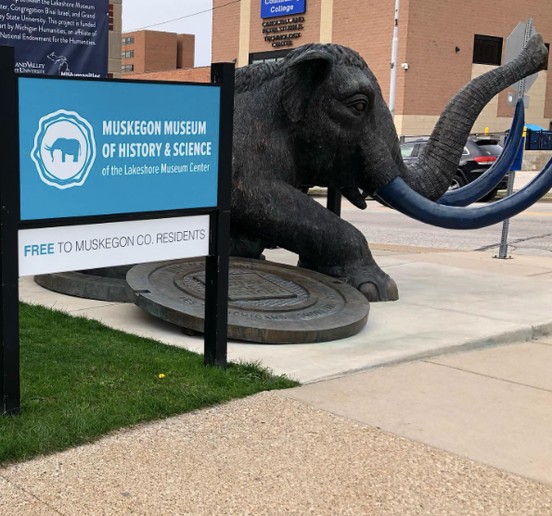
Image Credits
Lakeshore Museum Center



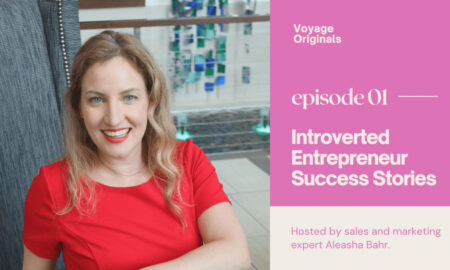








Sherrie burrell
July 8, 2022 at 5:31 pm
What a awesome person for the community and the museum